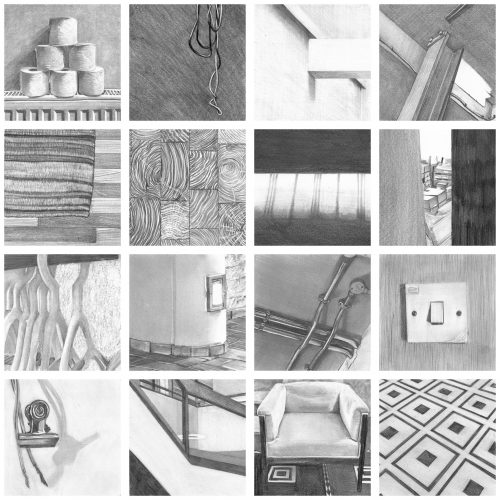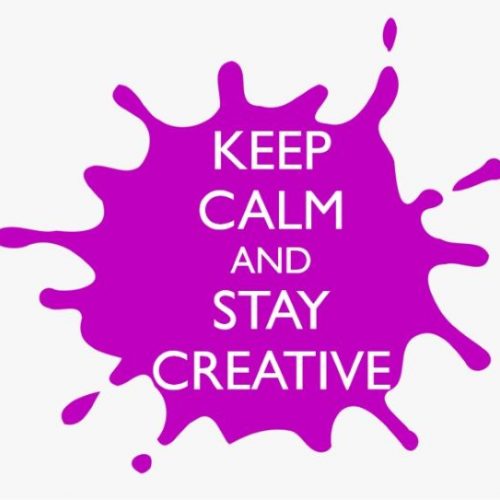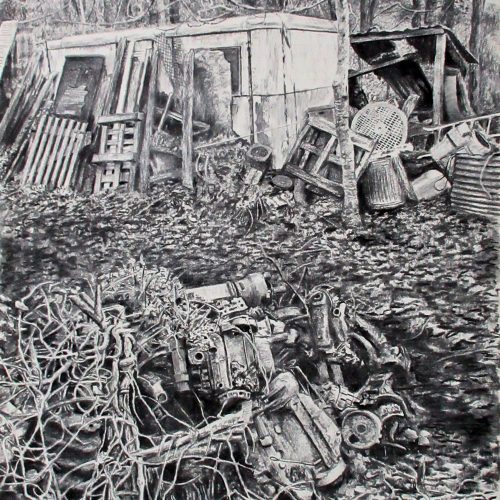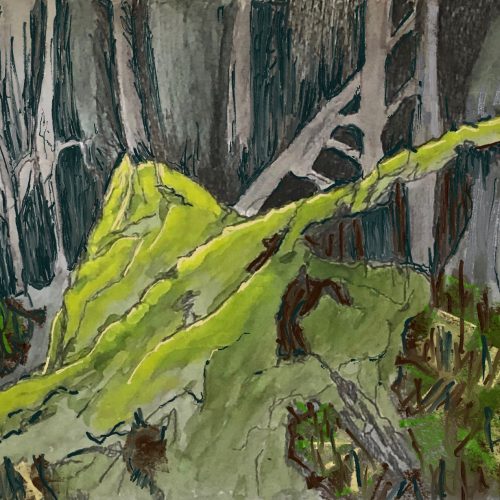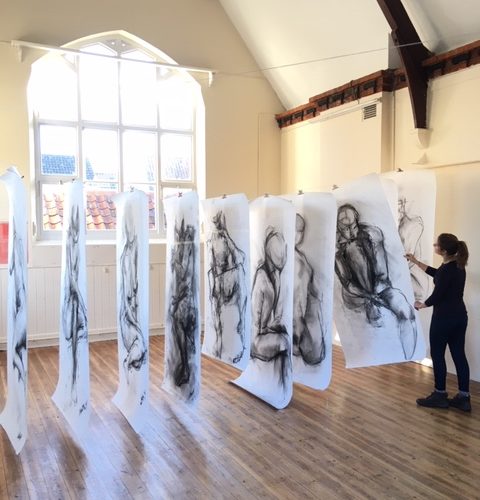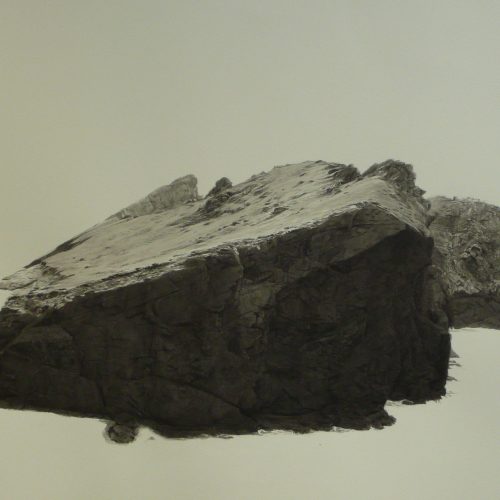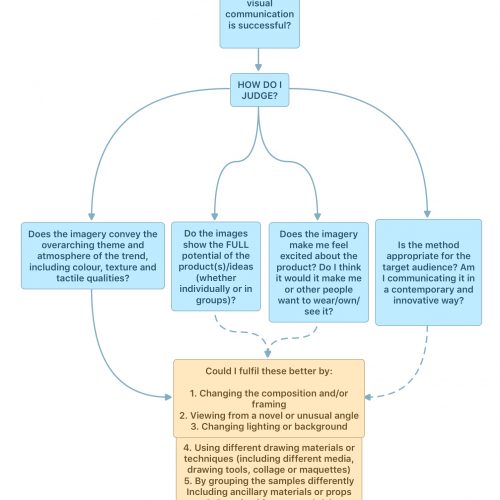#WeAreOCA
The Open College of the Arts' blog
Browsing Category:
Drawing
Throwback Thursday: A drawing a day: Revisited
Posted: 09/04/20 04:34 |
4 Comments
Throughout 2013, I made a drawing for everyday of the year. Since then a lot has happened, but I can trace a lot of my practice back to that extended piece of work. I can also see how it influenced the way I approach tutoring.
Read More
Stay creative
Posted: 03/04/20 11:58 |
3 Comments
Choosing and continuing to be creative is a really important act of self-care. Whether you write, draw, sew, sculpt, paint, photograph or play an instrument, you can improve your mental wellbeing. Over the coming weeks OCA will post open, creative content that everyone can get involved in.
Read More
Student stories: Walking, Psychogeography, Collaboration…..
Posted: 05/03/20 09:34 |
4 Comments
Through a conversation between tutor Lydia Halcrow and former OCA student Andrew Howe, this blog post explores themes around making through walking and Psychogeography in relation to Andrew’s socially engaged, collaborative and multi-disciplinary artistic practice. The blog post is in two parts with some recommended reading that has shaped the development of Andrew’s practice during and since his time at the OCA
Read More
Student work: Cathie Lloyd, Mixing traditional and digital techniques.
Posted: 11/02/20 09:53 |
8 Comments
Cathie Lloyd has just completed Painting 2: Concepts in Practice while studying for a Painting Degree. While studying this unit she has developed a method of making that incorporated traditional drawing and painting techniques with those offered by digital image-editing software. Her tutor, Bryan Eccleshall, asks her a few questions about this workflow and how it has impacted on her approach to making and thinking about that making.
Read More
Student work: Natasha Davy, Working BIG.
Posted: 04/02/20 09:00 |
11 Comments
A Fine Art student completing Drawing Two: Investigating Drawing reflects on how the difficulties and opportunities of working large impacted on her practice.
Read More
Plagiarism and citation : A guide for students
Posted: 12/12/19 09:40 |
5 Comments
Plagiarism is a scary word, with connotations of academic malpractice, cheating in exams, and dodgy essay-writing websites. In practice, however, plagiarism is just as often accidental as deliberate, and can easily stem from some simple misunderstandings about research practice.
Read More
In conversation with: Drawing degree tutor Simon Manfield
Posted: 26/11/19 09:27 |
2 Comments
The broad and experimental character of the drawing degree is supported of course by the curriculum, and a big part of that is the lovely new drawing degree unit called ‘a personal approach to drawing’ (DR5PAD), so I am delighted to have a chance to have a conversation with one of its authors, Simon Manfield, about his practice.
Read More
Support in the ARF /Pt 2
Posted: 12/11/19 05:21 |
9 Comments
Alongside the new changes to the Academic Regulatory Framework, OCA is introducing a number of new mechanisms designed to better support students. What is the support in the ARF? These are the Active Study Policy, Reasonable Adjustments Policy, and a revised Mitigating Circumstances Policy, and also the changes to degree pathways. OCA […]
Read More
Academic Regulatory Framework Changes /Pt 1
Posted: 12/11/19 05:31 |
20 Comments
From 2nd January 2020 OCA is introducing a revised Academic Regulatory Framework. This document, which forms part of the Student Regulations, underpins and governs how all of OCAs degree programmes work, from the credits that are earnt on completion of a unit to the length of time available to complete a unit, level, and degree. […]
Read More
Critical thinking: Developing a model as an approach to problem-solving
Posted: 07/10/19 09:53 |
6 Comments
Critical thinking and reflection are powerful tools which add validity and credibility to qualitative research, but they can be challenging to apply because there is no single ‘right way’ or set of prescriptive instructions which can be followed. Over time, I began to see that the challenge could be used to my advantage, because the tools are versatile and can be adapted and applied to many different situations.
Read More
